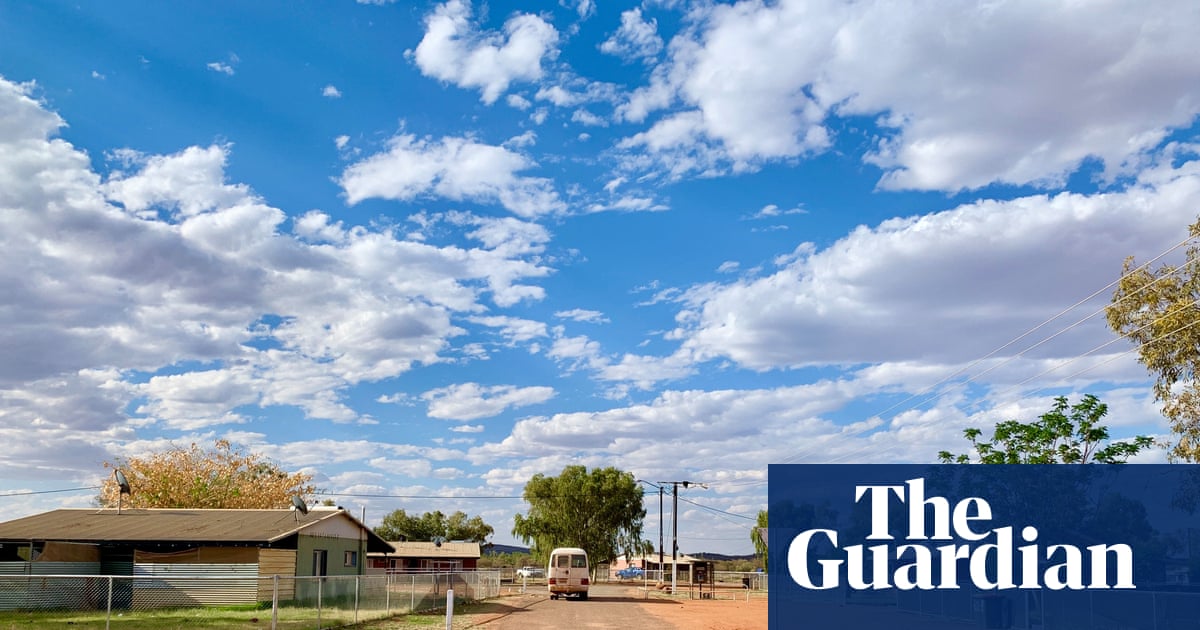Starlink: A Game-Changer for Remote Education
Deep in Martu Country, the Rawa Community School has witnessed a transformative addition to its roof: a Starlink satellite dish. This technology has revolutionized internet access in one of Australia's most remote areas, enabling students and teachers to connect with resources previously out of reach.
"Reliable internet has been game-changing for engaging students," shares Mr. Jamparri, a teacher at Rawa since 2022. From documentaries to educational games like Minecraft Education, the possibilities are now endless.
How Starlink Works: Closer to Space Than Anywhere Else
Unlike traditional geostationary satellites that orbit 35,000 km away, Starlink satellites are just 550 km above Earth, making them ideal for remote communities like Punmu. This proximity ensures faster and more reliable internet, a stark contrast to the previous connections that would falter with the weather.
The Dark Side of Megaconstellations
However, the rise of megaconstellations like Starlink brings new challenges. Dr. Ellie Sansom, director of the Global Fireball Observatory, highlights the increasing number of satellite re-entries into Earth's atmosphere. With an estimated 1,400 objects per year by 2030, the risk to unpopulated areas, including remote communities, is growing.
Unanswered Questions and Future Concerns
While the benefits of Starlink are undeniable, the long-term effects remain uncertain. "There's a lot of unanswered questions," says Ellie, emphasizing the need for more research into the environmental and safety impacts of these technologies.

Punmu, one of Australia's most remote communities, is now closer to space than ever before.




Comments
Join Our Community
Sign up to share your thoughts, engage with others, and become part of our growing community.
No comments yet
Be the first to share your thoughts and start the conversation!